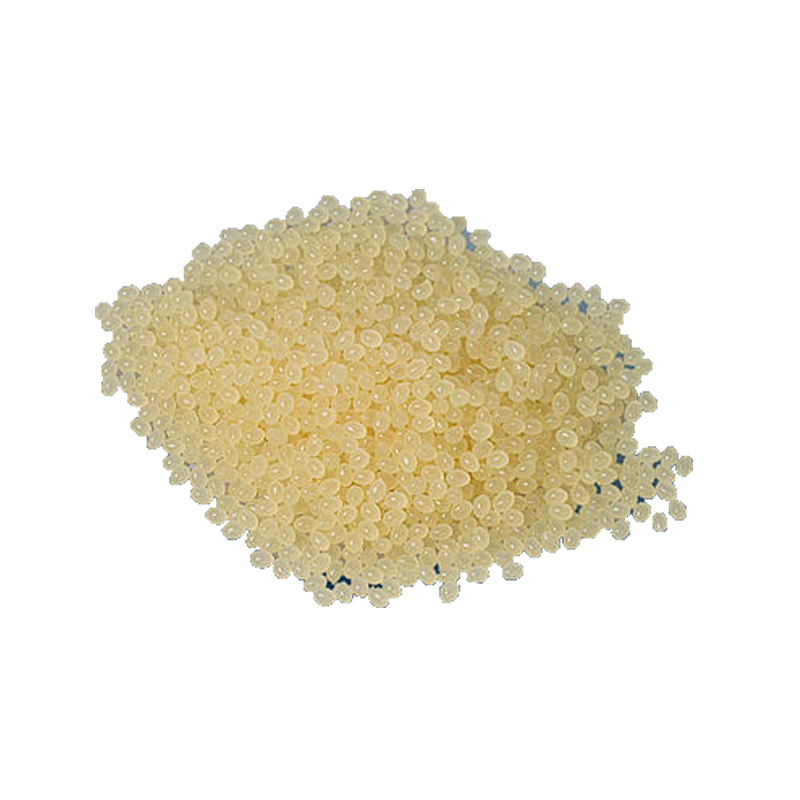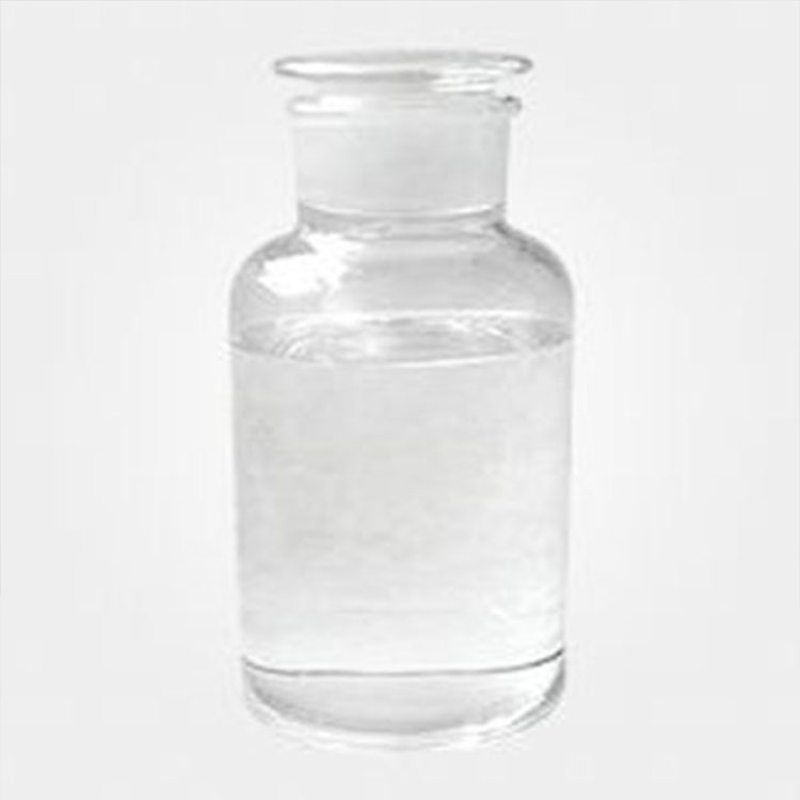Products Description of Isopropyl Palmitate CAS#142-91-6Isopropyl palmitate is a traditional, refreshing, fast-spreading emollient used in modern cosmetics. Used as primary carrier or conditioning ingredient in a wide range of cosmetic applications.
Contact Now
Products Description of 7-Diethylamino-4-methylcoumarin CAS#91-44-17-Diethylamino-4-methylcoumarin is a vital organic compound with a spectrum of applications, predominantly utilized as a fluorescent brightening agent in the textile and paper industries, enhancing the whiteness and brightness of materials. Our collaboration cases exemplify its integration in improving the luminosity of various products, a testament to its effectiveness in real-world applications.
Contact Now
Products Description of Benzethonium chloride CAS#121-54-0Benzethonium chloride is a new type of quaternary ammonium salt antibacterial agent, which is widely used in daily chemicals and cosmetics industries. In addition, it also has important applications in the medical and health fields as a bactericidal antibacterial agent. For example, it has been widely used as an antibacterial component of eye drops or as an antibacterial component of injection in Western countries.
Contact Now
Products Description of 2,2'-BITHIOPHENE CAS#492-97-72,2'-BITHIOPHENE is an organic intermediate.2,2'-BITHIOPHENE CAS#492-97-7 Chemical PropertiesMelting point 32-33 °C (lit.)Boiling point 260 °C (lit.)density 1.2455 (rough estimate)refractive index 1.6210 (estimate)Fp >230 °Fstorage temp. Keep in dark place,Inert atmosphere,Room temperatureform powder to lump to clear liquidcolor White or Colorless to Light yellow to GreenWater Solubility Insoluble in water.Sensitive Light SensitiveBRN 3039InChIKeyOHZAHWOAMVVGEL-U
Contact Now
Products Description of Sodium xylenesulfonate CAS#1300-72-7Sodium xylene sulfonate is a white or light yellow liquid, a surfactant, soluble in water, with a pH of 7.0 for 1% solution and a viscosity of mPa·s10[7]; 2.7 mm2/s at 20°C. It is mainly used as a coupling agent, solubilizer, turbidity point depressant, detergent aid, dispersant, emulsifier, hydrotrope, and viscosity regulator.
Contact Now
DIOLEYL PHOSPHONATE CAS#64051-29-2Among various lubricants, dioleyl phosphonates can improve the anti-wear and load-bearing capacity of lubricants, reduce friction coefficient, lower equipment operating temperature, and improve equipment reliability and life. Adding to fuel can improve fuel combustion performance, reduce engine wear and carbon deposition, and reduce exhaust emissions.
Contact Now
POLY(METHYLSTYRENE-CO-INDENE) CAS#69430-35-9It has good thermal stability and chemical stability, and is not prone to chemical reactions under normal conditions. However, under extreme conditions such as high temperature, strong acid, and strong alkali, its chemical structure may be affected to a certain extent.
Contact Now
Products Description of AzuleneCAS#275-51-4Aurobinol is a structural isomer of naphthalene, which appears as small blue leaves or monoclinic flaky crystals with the smell of naphthalene. It is soluble in general organic solvents but insoluble in water.
Contact Now
Products Description of Chloroacetyl Chloride CAS#79-04-9Colorless or slightly yellow liquid with strong irritation. Soluble in benzene, carbon tetrachloride, ether and chloroform. Toxic! Irritating to eyes and mucous membranes.Chloroacetyl chloride has active chemical properties and decomposes when exposed to water and alcohol. It can be used as an acylation reagent. For example, it can react with naphthalene, cyclopropane, ethylene and other reagents.
Contact Now
Products Description of (1H-indol-3-yl)(2,2,3,3-tetramethylcyclopropyl)methanone CAS#895152-66-6White powder(1H-indol-3-yl)(2,2,3,3-tetramethylcyclopropyl)methanone Chemical PropertiesBoiling point 375.0±15.0 °C(Predicted)density 1.099±0.06 g/cm3(Predicted)storage temp. 2-8°Csolubility DMF: 50 mg/ml; DMF:PBS (pH 7.2); (1:7): 0.13 mg/ml; DMSO: 33 mg/ml; Ethanol: 17 mg/mlform A crystalline solidpka15.50±0.30(Predicted)InChIInChI=1S/C16H19NO/c1-15(2)14(16(15,3)4)13(18)11-9-17-12-8-6-5-7-10(11)12/h5-9,14,17H,1-4H3InChIKeyWYZQBEQQQKCTHM-UHFFFAOYSA-NSMILESC(C1C2=C(NC=1)
Contact Now
Products Description of (Hexadecylamidopropyl)trimethylammonium chlorideCAS#51277-96-4White powder(hexadecylamidopropyl)trimethylammonium chloride Chemical Propertiesdensity 1.029[at 20℃]vapor pressure 0Pa at 20℃Water Solubility 203mg/L at 20.1℃LogP2.49 at 25℃EPA Substance Registry System1-Propanaminium, N,N,N-trimethyl-3-[(1-oxohexadecyl)amino]-, chloride (51277-96-4)Factory and Equipment ShowFast delivery timeInventory 2-3 working days New production 7-10 working days
Contact Now
Products Description of 4-Methylbenzenesulfonhydrazide CAS#1576-35-8p-Toluenesulfonyl hydrazide, also known as 4-methylbenzenesulfonylhydrazide, is a white crystalline powder, easily soluble in alkali, soluble in methanol, ethanol and butanone, slightly soluble in water and aldehydes, and insoluble in benzene and toluene. It is used as a foaming agent for natural rubber, synthetic rubber and various plastics to produce fine closed-cell structures in plastics and rubber products. The products have small shrinkage and high tear resistance.
Contact Now
Products Description of POLYGLYCERYL-4 LAURATE CAS#75798-42-4Colorless liquidFactory and Equipment ShowFast delivery timeInventory 2-3 working days New production 7-10 working days
Contact Now
Products Description of 4-Chromanone CAS#491-37-2White crystals.
Contact Now
Products Description of Chromium(III) fluoride CAS#7788-97-8Chromium trifluoride, also known as chromium trifluoride, is an inorganic compound with the chemical formula CrF3. It is mainly used as a mothproofing agent for wool fabrics, a halogenation catalyst, a marble hardener and a colorant.On October 27, 2017, the World Health Organization's International Agency for Research on Cancer published a preliminary list of carcinogens for reference.
Contact Now
1,4-Benzenedicarboxylic Acid, Compds. With Polyisobutenyl Succinic Anhydride-Tetraethylenepentamine Reaction Products CAS:68909-40-0Good dispersibility: It can be effectively dispersed in various solvents and matrices, which helps to improve the uniformity and stability of the product. Excellent thermal stability: It can maintain its stable performance at higher temperatures and is suitable for some high-temperature application scenarios.
Contact Now
Products Description of 4,4'-Diaminodiphenylsulfone CAS#80-08-0Dapsone is a sulfone antibacterial drug with a strong antibacterial effect on Mycobacterium leprae. Its preparations have been widely used in the treatment of leprosy. As the first choice for the treatment of leprosy, dapsone acts on the dihydrofolate synthase (DHPs) of bacteria, interferes with the synthesis of folic acid, and affects the synthesis of protein by bacteria.
Contact Now
Products Description of 1,1,2-Trimethyl-1H-benz[e]indole CAS#41532-84-7It is an extremely important alkaline heterocyclic intermediate for the synthesis of benzindolyl cyanine dyes, and is also a key intermediate for the synthesis of a variety of photovariable dyes.
Contact Now
Products Description of HydroquinoneCAS#123-31-9Hydroquinone is also called hydroquinone and 1.4-benzene. Molecular formula C6H6O2. Molecular weight 110.11. Colorless or white crystals. It changes color easily when exposed to light in the air. Its aqueous solution can oxidize to brown in the air, and oxidizes faster in alkaline medium. Melting point 170-171℃, boiling point 285-287℃, relative density 1.33215, UVλmax 288nm in water. It is easily soluble in hot water, ethanol and ether, and slightly soluble in benzene. It has active chemical properties and is easily oxidized.
Contact Now
Products Description of 4-AminophenolCAS#123-30-8Aminophenol is also known as hydroxyaniline and aminohydroxybenzene. There are three isomers, namely o-aminophenol, m-aminophenol and p-aminophenol (4-aminophenol). In 1874, Baeyer et al. first prepared p-aminophenol. Due to the different relative positions of the hydroxyl group and the amino group, the three are also different in terms of physical and chemical properties. This product is weakly alkaline, weakly acidic and strongly reducing. Because it has both amino and phenol groups, it has the common properties of both.
Contact Now
Products Description of 2-Thiophenecarboxylic acid CAS#527-72-02-Thiophenecarboxylic acid is a kind of colorless crystal.
Contact Now
Orthophosphoric Acid CAS#7664-38-2Phosphoric Acid, with the chemical formula H₃PO₄ and CAS number 7664-38-2, is a versatile inorganic acid that plays a crucial role in a multitude of industries.
Contact Now
Products Description of Nicotinamide CAS#98-92-0Nicotinamide, also known as nicotinamide, vitamin B3 or vitamin PP, is a water-soluble vitamin belonging to the B vitamins. It is a component of coenzyme I (nicotinamide adenine dinucleotide, NAD) and coenzyme II (nicotinamide adenine dinucleotide phosphate, NADP).
Contact Now
Products Description of Potassium phosphate CAS#778-53-21-Ethyl-2-pyrrolidone is a transdermal absorption-enhancing compound and mechanism of its effect on multilammellar liposome of stratum corneum lipid has been studied.N-Ethyl-2-pyrrolidone is commonly used as a solvent. It has a low boiling point, which makes it suitable for use in low light and at constant pressure. It is also used as an intermediate in the preparation of polycarboxylic acid.
Contact Now



















![1,1,2-Trimethyl-1H-benz[e]indole CAS#41532-84-71,1,2-Trimethyl-1H-benz[e]indole CAS#41532-84-7](https://d3rnfhc14zcmdf.cloudfront.net/cdn/ff/vCdZL5hgJePL41mQiSGZKs6PuHZLWAvoY27pKNwf9gM/1718385350/public/styles/chanpinzhutu/public/2024-06/%E4%BA%A7%E5%93%81%E5%9B%BE%20%282%29_0.jpg?itok=0rtELXYW)












